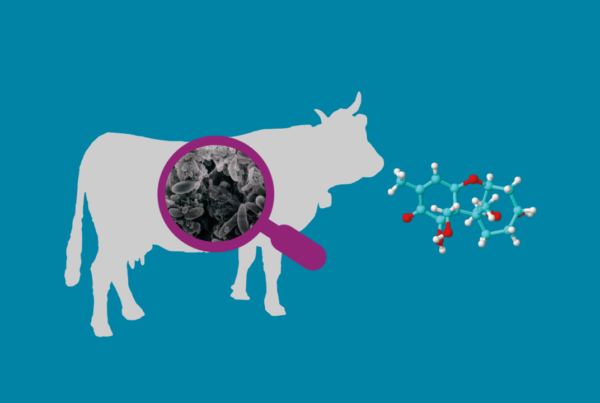The relationship between stress and diseases.
Disease, pathogen, a nonlinear relation
Diseases have been farmers’ nightmare as they can wipe out their production and threaten their livelihood. At the same time, it has been foreseen that disease is more complex than the simple combination of host and pathogen.
An understanding of the complexity of disease is not only important for identifying causes but also controlling diseases. Recently, the focus on reducing or eliminating stressors have been the focus of disease control, which requires an appreciation of the nature of the interaction between stressors and disease susceptibility.
Most experienced farmers have encountered the relationship between stress and disease first hand. Figure 1 shows mortalities in a population of fish following a 16 hour truck transportation. The fish, which came from an apparently healthy population, suffered a thermal and oxygen shock during transportation. There were immediate small losses (4 to 5%), probably as a result of fish failing to cope with the thermal and oxygen shock; however, on day 7 mortalities have increased with no apparent nor specific pathogen detected. All the clinical evidence supported the hypothesis of an outbreak of an opportunist pathogen in the population because of stress-related immuno-suppression.
Since the 1980s a great deal of work has been conducted on the relationship between stress and disease susceptibility, which has resulted on a postulate that diseases are exacerbated by stress.
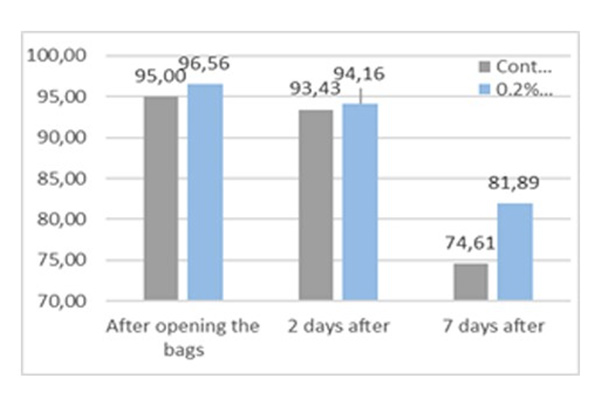
Figure 1: Juvenile Tilapia survival rate after a 16h simulated transport in plastic bag.
Immune system and stress response
In many circumstances the immune response to stress is adaptive, providing resources to deal with the stressor and its immediate consequence. It may benefit the animal to have a link between acute stress and immunity providing a brief immuno-stimulation to cope with injury or infectious challenge (Peters, 1991; Demers & Bayne, 1997; Ruis & Bayne, 1997; Weyts et al., 1998).
This link is mediated by the fish hypothalamic-pituitary-inter-renal axis that is similar of the hypothalamic-pituitary-adrenal (HPA) axis of mammals in producing cortisol and noradrenaline. While noradrenaline is responsible of the immediate pro-inflammation stimulation, it is down regulated by the cortisol that induce anti-inflammatory responses. This led to a better understanding of the immune-suppression mechanism during chronic, acute, and mismanaged stress event (Peters & Schwarzer, 1985; Maule et al., 1989; Schreck, 1996; McEwen, 2003; McEwen & Wingfi eld, 2003).
However, the implication of immune suppression and increased disease susceptibility is more complex, by lack of research and interest, than in mammals. Immunologists have indeed focused on human immune system that mostly rely on adaptative immunity, while the prevalence and diversity of invertebrates (98% of animal species) and fish (more than half of all vertebrates), in addition to their persistence through evolutionary history (Coelacanth relatively unchanged for 400 million years; Johanson et al., 2006), demonstrate beyond any reasonable doubt that the innate immune system is very effective.
As a result, some aspects of the immune system are not as easily interpreted in fish when compared with mammals. Despite their relatively low activity in the fish immune defense, lysozyme is one of the most reliable immune indicators of stress in fish (Grinde et al., 1988), where acute stress tends to up-regulate it, while a chronic stress has the opposite effect.
However, the increased disease susceptibility associated with the stress response is not solely mediated through the immune system. Cortisol also impairs healing of epithelia (Roubal & Bullock, 1988; Johnson & Albright, 1992) and the stress response can lead to changes in behavior. Behavioral responses to stressful circumstances can be very diverse and dependent on their nature and behavioral strategy of the animal. Such responses include hiding, shoaling, change of color, changes in posture and swimming patterns, change in feeding patterns (Huntingford et al., 2006).
The behavioral response can in turn affect disease susceptibility through physical damage, changes in uptake of chemotherapeutants, routes or rates of pathogen transmission. Thus, antibiotics cannot treat sick fish, but only actively feeding individuals. Taking a bacterial infection as an example, if the host population is stressed a smaller proportion of the uninfected fish may be feeding and therefore more individuals will remain susceptible, increasing the probability of an outbreak. In addition, the stressor may also make the individuals more susceptible to infection.
The principle that stress makes disease worse has been accepted for a long time and we are beginning to understand the underpinning mechanisms. Although it is still difficult to predict the effect of a stressor on the health of a population under specific circumstances we can predict general behavior. In some cases, despite this weight of evidence, far too much attention is devoted to the pathogen when attempting to control diseases in aquaculture.
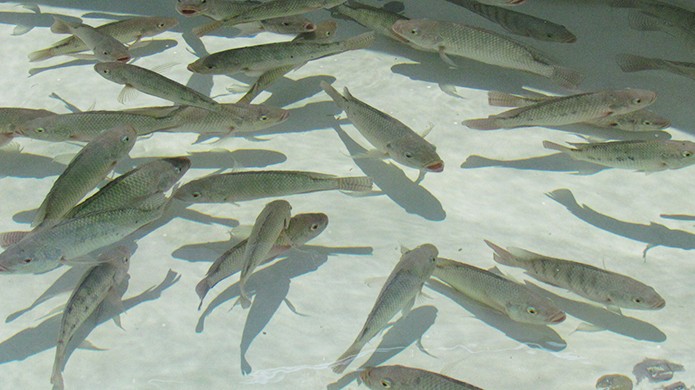
Stress prevention, a proactive approach
By feeding the fish and shrimp with immunomodulatory molecules while they are not sick to prepare their stress response to a future challenge, is by far the most suitable strategy to cope with aquaculture’s sustainability, health and productivity goals.
Many years of research with seaweeds, has led Olmix to identify marine sulfated polysaccharides to display immunomodulatory and anti-stress properties with actives such as the MSP®IMMUNITY. This molecule stimulates the membrane receptors of different cell populations to elicit an innate immune response including both pro- and anti-inflammatory response. Rather than being an immunostimulant that may worsen stress response, MSP®IMMUNITY act as immunomodulator preventing negative stress outcome. Supplementing fish and shrimp with MSP®IMMUNITY based-product results in a higher resistance to stress and to a wide range of pathogenic infections as shown in Figure 1, 2 and 3.
Olmix has developed Algimun® which is a powder product containing this active ingredient to offer a robust, efficient and easily implementable tool to support feed millers and farmers to cope with the complexity of aquaculture diseases.
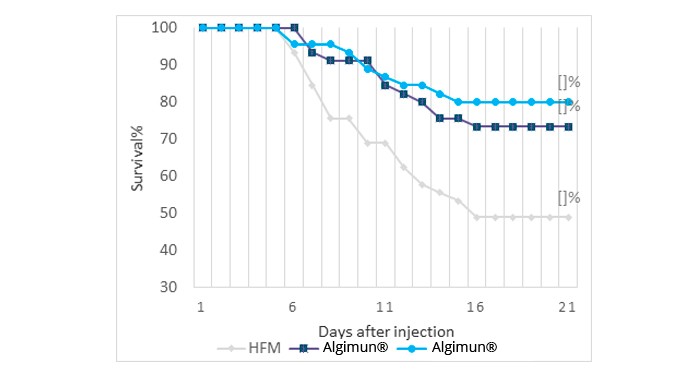
Figure 2 : Survival rate of olive flounder following bacterial injection of Edwardsiella tarda supplemented or not with MSP®IMMUNITY.
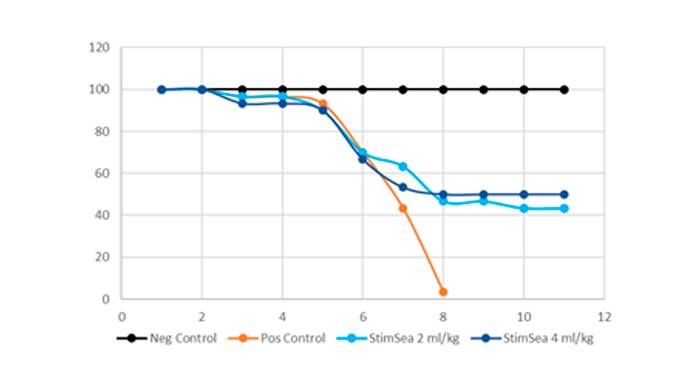
Figure 3 : Survival rate of white leg shrimp following a WSSV infection, supplemented or not with MSP®IMMUNITY.


